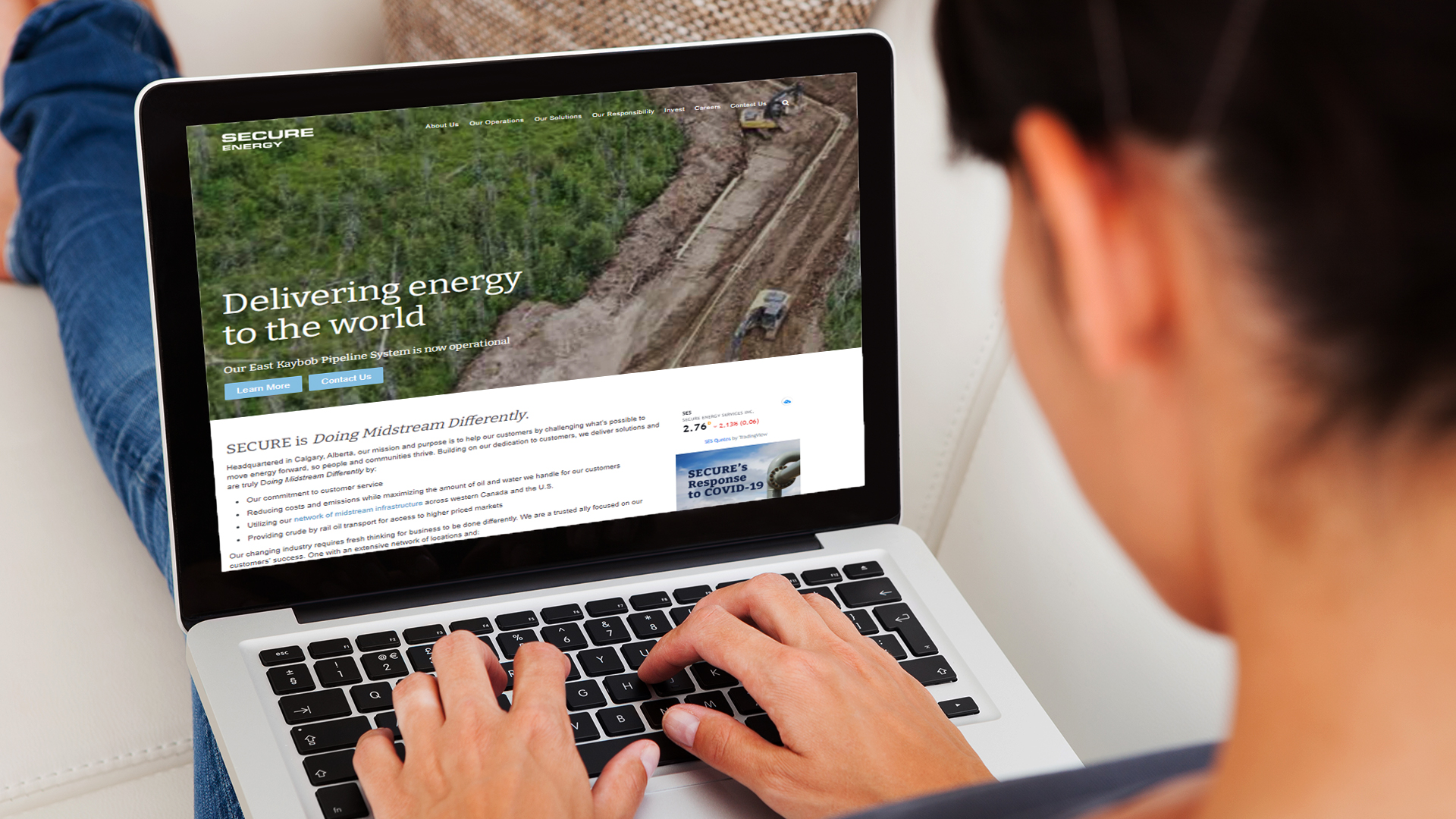Like most of the World, many of SECURE's employees have migrated to working from home to mitigate the spread of COVID-19. While in the field, third party client sites and in the office; hazard and risk assessments are completed in accordance with regulatory guidelines Occupational Health and Safety (OHS) in Canada and Occupational Safety and Health Administration (OSHA). When translated to working from home, the definition and processes/procedures for working safe can be confusing.
In this period of a "new normal" where many office employees are working from home, the Health and Safety (H&S) teams at SECURE want to share important information about creating a safe workspace in your home.
What do the Regulators Say?
OHS regulations in Canada and OSHA in the United States define a worksite as:
"A location where a worker is, or is likely to be, engaged in occupation and includes any vehicle or mobile equipment used by a worker in an occupation."
The OHS/OSHA regulations require employers to assess worksites to identify existing and potential hazards before work begins.
Bottom line: a home office is a worksite.
Why should we assess worksite conditions?
Proactively assessing worksite conditions allows for people to safely complete their work in hazard free environment. One of the biggest challenges around home workspaces, is that the spectrum of risk is significantly reduced. The considerations of safety have changed to making sure you're in a bright place that is ergonomically set up to mitigate the development of injuries while at home.
Bottom line: safety at your home office is just as important as anywhere else.
What does this mean for employees?
Many of us have transitioned to a home office set up. This will differ hugely for everyone. Some are working in a kitchen, dining room or from the couch/sofa. We may be camped out in the drafty and cold spare bedroom, which is perfect to discourage lengthy house guests, but less than ideal for a comfortable work environment. Lastly, we may be set up in a poorly illuminated basement because it's the only place you can get some quiet time to accomplish your work tasks. These are challenging conditions to work in, but they also can represent hazardous conditions.
SECURE's H&S team has created some guidelines for you to follow in order to establish a safe worksite at home. Here are some tips to consider:
1. Have a defined worksite/station
Once you have determined where you will complete your work, do your best to only use this area(s).
2. Assess your worksite/station
Ensure that you assess the area to ensure that it's suitable and safe for work.
3. Remember Ergonomics
New worksites/stations may not be equipped with the same equipment that our offices have. Here are some important things to consider:- Adjust the monitor height to prevent muscle fatigue
- Glare from screens, windows, lights
- Use of computer mouse versus track pad
- Ensure your chair is set up properly to avoid back pain
- Move around (e.g. move to a standing position if available for phone calls)
- Don't slouch! (if you must work on a couch/sofa be sure to have a supportive set up)
- Take times to exercise
- Outdoor activities (only if you can practice effective physical distancing)




